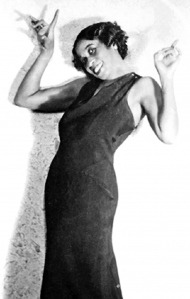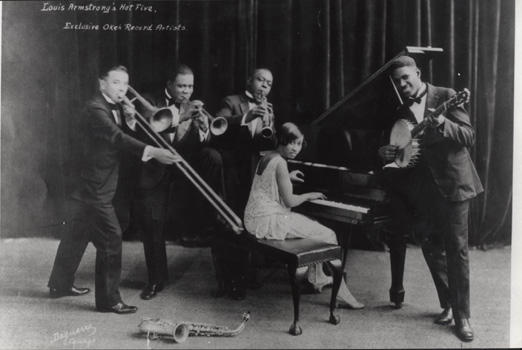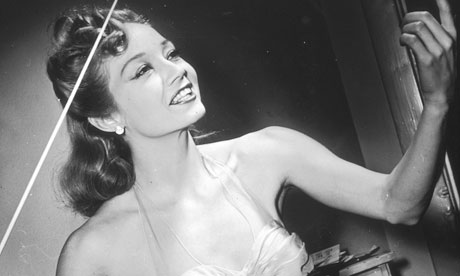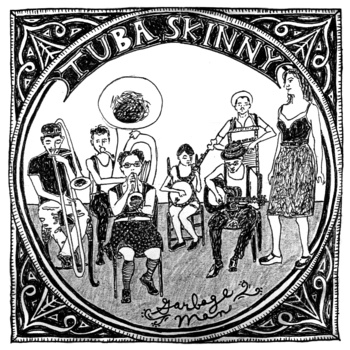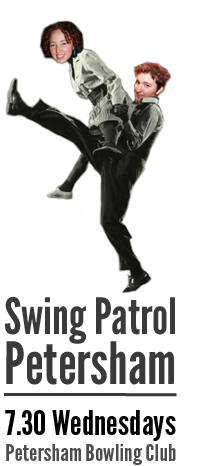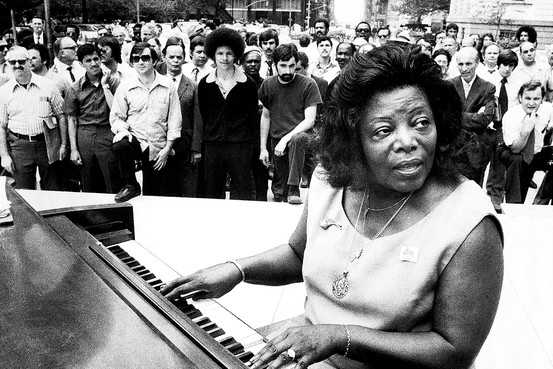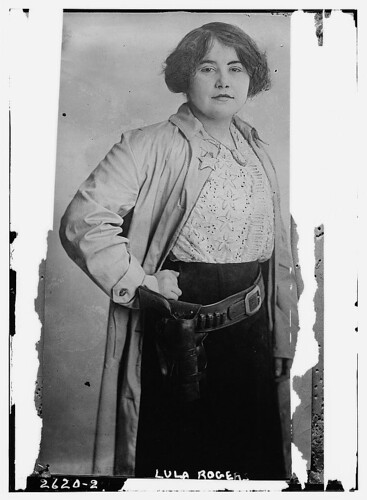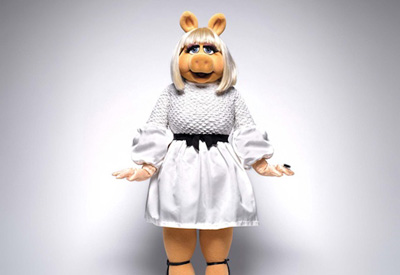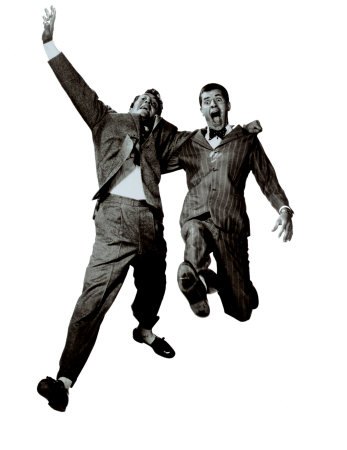
Oh! Exciting! Last night Alice and I launched our new weekly class in Petersham… I say that as though it was just us two there working the door, making up lead numbers (we only needed one more lead!), buying drinks, laughing and talking and filling the room, bringing our friends along just to see what dancing’s like, offering advice on PR, working the bar and making food. We really couldn’t have pulled it off without lots of help from all of our friends, from our respective kissing-partners (my Squeeze gets mad props for being a gun working the door, Alice’s for filling in lead numbers and both of them for being ridiculously chillaxed and having no doubt of our abilities), from the lovely Petersham Bowling Club staff, from, well, everyone we know. We are so grateful for the work people have put in, even (or most particularly) those people who were patient enough to sit through one of our rambling conversations full of what-ifs and low-number-anxiety.
Basically, we had support and help from pretty much everyone we know. And we’re so grateful. Running a dance event is a social enterprise, from beginning to end, and even though it’s a cliche, we absolutely couldn’t have gotten even this far without everyone’s support and encouragement.
I now have lots of things to write about here about teaching and running classes and volunteer labour and the economics of running weekly classes and the relationship between social and class dancing and… well, lots of things. But it’s not really cool for me to write about what is, essentially, other people’s business here on my blog. I’ll let it all percolate a little more and see if I can come up with something that’s not going to be indiscrete or inpolitic.
I’d love to talk about how we might use various media to promote our event. That’s the sort of thing my academic phd brain loves thinking about most. I spent so long researching and writing about media use in a capitalist, patriarchal culture, I just can’t stop myself then applying that work to the practical public relations strategies for a (highly gendered) dance class in a multimedia cultural environment.
I’m fascinated by the relationships between digital, print, face to face/word of mouth, radio and audio visual texts and media. I’m so interested in the way brands can be developed at a small, seriously local/micro level. I’m all a twitter with ideas about developing a sustainable business model centred on collaborative creative practice.
Every time we put together a Faceplant ad or print a poster or make an announcement at a dance or simply dance in public my brain kind of explodes with the wonderfulness of how humans work together and tailor media for our very particular uses. But I also have to stop and calm myself down: baby steps, yo.
While it’s possible to run on ahead at a million miles a minute when you’re thinking through ideas for a bit of academic writing, the actual practice of all this theory requires a slower pace. As my design subjects and dance practice have taught me, you learn a lot from actually doing something, and thinking about that thing isn’t actually all that helpful for understanding, really knowing how that thing works. I need to put the practice before the theory, but at the same time let the critical and theoretical work inform what I do. Nothing new for a feminist who sees dance itself as a feminist project. But something new for the lecturer/writer/tutor who spent so much time working on advertising and media discourse.
I guess the thing that I’m most struck by now, and will no doubt come to obsess me, is the difference between running a one-off event and a weekly event that goes on and on and on and on and on and on. Running a one-off gig is tiring and anxiety-making, but it’s over after a few months or a year. With a long-term gig like a weekly dance or class, you need stamina, and the work you do must be sustainable. You can’t make yourself ill with overwork; you can’t live in a state of high anxiety/alert or you’ll go nuts. Your work needs to be sustainable. And that means that there are all sorts of different labour politics, issues surrounding professional and personal networking, skill development and PR practices to think about.
It’s fascinating for me, because I’m so used to doing one-off gigs. Big weekend exchanges. One-night dances. One-off classes. Coordinating DJs for our local events is a long-term gig, but it’s a pretty simple one (though do remind me to talk about how we’re going to encourage and foster new DJing talent as a long term project). I have to say, right now I’m really interested in the dynamics of making a weekly gig sustainable – environmentally, culturally, socially, economically.
That first one is important because our venue, the Petersham Bowling Club, has a strong commitment to environmental sustainability, having secured some grant money for installing rain tanks, solar power and other lovely things. This is especially important for a venue that is a bowling green. Greens are traditionally environmentally and economically expensive. I’m also interested in the way dances are quite energy wasteful. We use a lot of electricity for cooling, for sound systems, for lighting. Yet we don’t harvest any of the (masses and masses) of energy our bodies expend on the dance floor. We don’t use that piezoelectricity generated by impact on the dancefloor the way some Dutch doods do. We don’t harvest the energy in the heat generated by our bodies. And that’s a lot of heat. Nor do we collect the moisture in the air from all those sweating bodies. The PBC isn’t the only venue in Sydney interested in environmental sustainability. The Red Rattler is also prioritising these things. I tend to spend more time thinking about social justice than environmentalism when I’m doing dance stuff, but I have noticed that the two issues tend to overlap in the priorities of particular venues. And the Petersham/Marrickville/inner west area is kind of keen on this stuff. As the Greens and other lefty political entities have realised.
I also think a weekly event has to be culturally sustainable. You have to offer something that not only suits your market/community in that first launch moment, but is also responsive to the changes in the wider dance community as well as individual students’ and social dancers’ needs. I think it’s important that a weekly event be responsive to the musical, cultural and creative requirements of dancers over the long term, whether they are students in the class or social dancers. That might mean adjusting class content to suit students’ interests and skills, or creating promotional material that correctly targets that preferred demograph, but it also means doing things like making musical choices that reflect broader dance community interests and responding to dance style fads and vintage/contemporary fashion overlaps.
Weekly events have to be socially sustainable as well. That means responding to the social needs and context of the local geographic area (Petersham, and inner-western Sydney) and to the social needs of dancers already in the scene. To put it clumsily (and to suit my own approach, rather than a broader critical or theoretical model), cultural sustainability is about the creative and functional things we do and make, as dancers, while social sustainability is about the interactive, human to human relationships and living. Weekly dance events can’t just be about dancing or dance-related cultural practice. They also have to be about social context and practice. Events have to be socially relevant and positioned carefully for longevity. The fact that some of our students came to their very first class simply because they’d seen a poster at the venue during the week is testament to the fact that matching venue to event is very important in targeting your preferred demograph. Dancers who aren’t coming to class are going to need a space that’s offering more than just a dance floor, if you want your event to be truly socially sustainable. That means thinking about food and drink, transport and safety, opening and closing hours and the shared values and interpersonal relationships at work in dancers’ lives. You can see how environmental sustainability can overlap with social sustainability.
And finally, weekly events have to be economically sustainable. This is perhaps the most important issue. I’m a big fat hippy socialist feminist, and I love nonprofit, community-run and ethically responsible dance events. I won’t have anything to do with an event that exploits workers or punters, or that articulates racist, sexist, homophobic or other hateful sentiments. I’m happy to do things ‘for the love of dance’, ‘for charity’ or ‘for the sake of art’, so long as that thing is a source of pleasure (rather than pain), ethically sound and socially responsible. But at the end of the day, financial responsibility is part of being a socially, culturally and ethically sustainable project.
You need to be able to cover your costs, you need to offer your host venue a sensible profit so they can justify your working relationship. You need to provide facilities that are safe, efficient and effective, and that means spending some money. And at the end of the day, if you’re doing this gig every single week, putting on classes or social dancing with all the preparation that involves (and there’s a lot of it, even if you’re ‘just’ doing a social dance), you need to give your workers – your teachers, DJs and staff – some sort of financial reward. Even if it’s just another way to show that you value their work. Even minimal pay can help relieve rent anxiety or defray the costs of transport and time and resources. Running short of money can be a serious source of anxiety for organisers, and being economically sustainable can help relieve that. Not to mention pay the bills and make the whole thing possible.
So, as you can see, I have lots to say, and lots to think about. But I can’t talk specifically at the moment, because this isn’t just my project. There are other folk involved, and sometimes knowing when to stop talking is just as important as knowing when to speak up.

